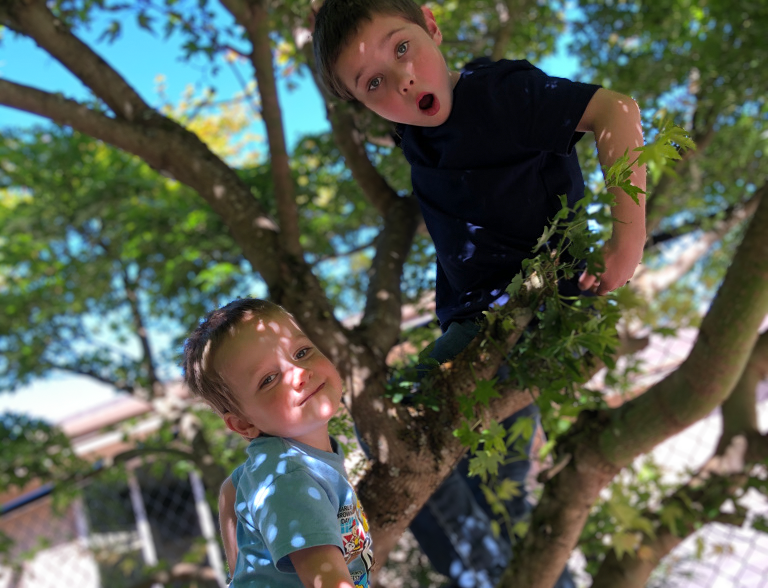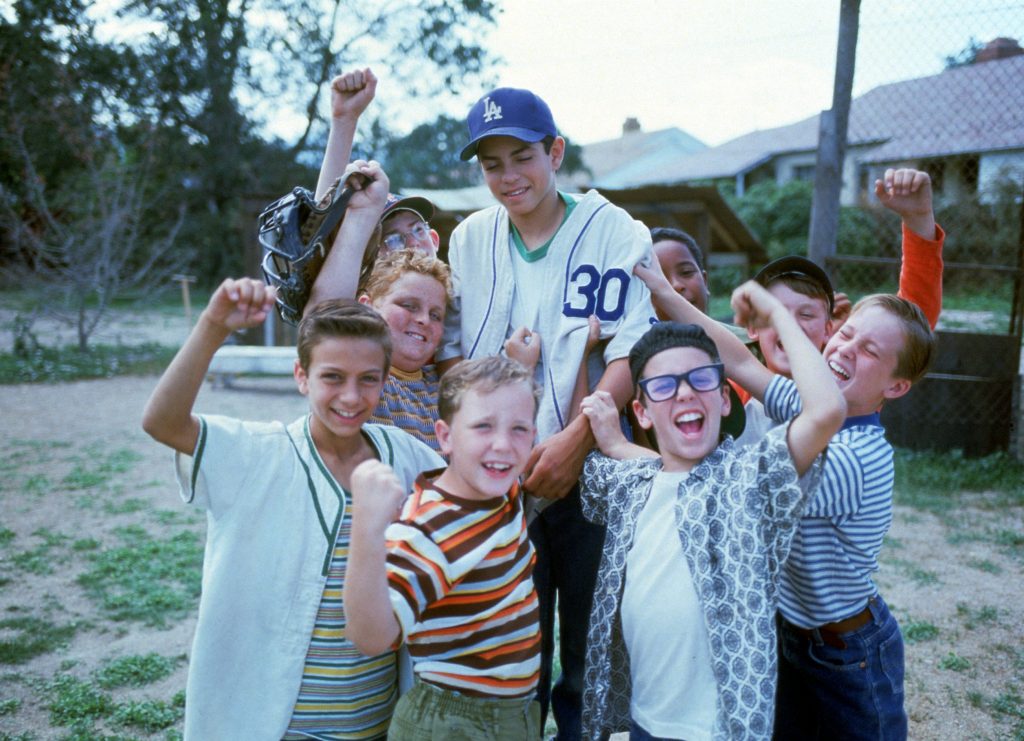What Is Montessori?
Montessori teaching is growing in popularity. Here's what you should know about this child-based education format.

As public-school education continues to take a beating, parents want more school choices. Their goal is to have the ultimate say in what they feel is best for their child’s education. They would like to take their public education taxes and use them where they feel best, whether it be another public school district, a private school, or even homeschooling. One option parents have at their disposal is a Montessori school. But what exactly is a Montessori school and how do they differ from public schools or other private schools?
What is Montessori teaching?
Montessori education was developed in the early 1900s by Italian physician, Dr. Maria Montessori. This approach to education is a child-centric method that sees the children leading classroom activities. These classrooms vary in student age and instead of teachers focusing on one subject, they encourage independence among students.
It was Dr. Montessori’s belief that children learn much better when they can choose what they learn. She brought that philosophy to classrooms over a century ago and it has been the same across Montessori schools ever since. Dr. Montessori opened her first school in 1907 in San Lorenzo, Rome, Italy, calling it the Casa dei Bambini, or Children’s House. She eventually traveled the world, writing extensively about how she viewed education, gaining many followers in the process. Today, thousands and thousands of Montessori schools exist around the globe.
So, what exactly is Montessori education? What does a classroom look like when compared to the normal public education classroom? By walking into one, you will notice that they are different and unique.

What Does a Montessori Classroom Look Like?
Some things that make Montessori schooling so are the various activity stations children can choose from as their day progresses. Instead of having teachers stand in front of the room going on and on about one particular subject, they will move from one group of children to the next offering their assistance as needed. Teachers focus on the whole student. This means they look at a child’s social, intellectual, emotional, and physical development.
How Does Grading Look in Montessori Classrooms?
A Montessori grading system is a nontraditional one. You will not see the typical A-F letter grades nor will you see numbers grades. Instead, children will receive encouragement and progress reports. The reason for this is since these schools are child-led and self-paced, though guided and assessed by teachers, children don’t necessarily focus on one specific subject together at one time. Students are also asked to self-assess. The thought here is to give children more responsibility in seeking their best skills while also understanding the skills they need to work on.
What are the Benefits to Montessori Teaching?
There are many wonderful aspects of Montessori education. Teachers who follow this rave about the freedom it allows for children to grow. One positive aspect is that this style of education emphasizes hands-on independent learning. Anitra Jackson, a Montessori educator, raves, “The best thing about a Montessori environment is that it allows for children to work, develop and learn at their own individual pace,” says Jackson through Rasmussen.edu. “Children are exposed to lessons, activities, and materials that build upon their skill set—they progress in their development as an individual.”
Another big benefit to being in a Montessori classroom is in the way children develop their social skills. These classrooms constantly group children in varying age groups, which allows children to socialize with others not their age. “These mixed-aged groups allow for children to learn from one another, teach one another and develop life skills such as inclusion and acceptance,” Jackson says.

Independence is key. With most of the student learning being self-paced and directed, children learn early on the sense of independence. They become more confident in their abilities and where they may fall a bit short, they learn and understand how to problem solve. But not everyone sees the benefits of Montessori education. There are some drawbacks in that this type of schooling can be quite expensive. One reason for this is that many of the learning materials used in these classrooms are durable and of high quality. The training, which can be in-depth and time-consuming, only adds to the expense.
Is Montessori Teaching for Everyone?
Because of the high price tag, Montessori schools may not see the equality that the good doctor probably envisioned. To some, these schools are seen as a white privilege as low-income and inner-city families are finding tuition costs far out of their financial means. Even though many states are pushing for school choice and the ability for families to take their funds with them, it still may not be enough.
While many children thrive in an independent learning environment, Montessori isn’t for all children. The curriculum, such as it is, may be a bit too casual for some. There is guidance, teachers are fully involved, but still, the learning is self-paced. Some kids need a more structured environment to get them through.
Article continues below headlines

The Best Type Of Butter Dish For Your Home Kitchen
The history of the butter dish is intertwined with the history of butter itself and the evolution of dining etiquette. …
Continue reading "The Best Type Of Butter Dish For Your Home Kitchen"
The post The Best Type Of Butter Dish For Your Home Kitchen appeared first on Tell Me Best.
Continue
Star Trek Fan-Favorite Character Thought They Were Comic Relief | GIANT FREAKIN ROBOT
While Star Trek: The Next Generation had an amazing cast, the writers didn’t always give Dr. Crusher enough to do. …Continue reading "Star Trek Fan-Favorite Character Thought They Were Comic Relief"
ContinueObviously, Montessori education isn’t for all children. It also isn’t for all family budgets. But for those children who thrive on independence, it is an option that could produce great results.







